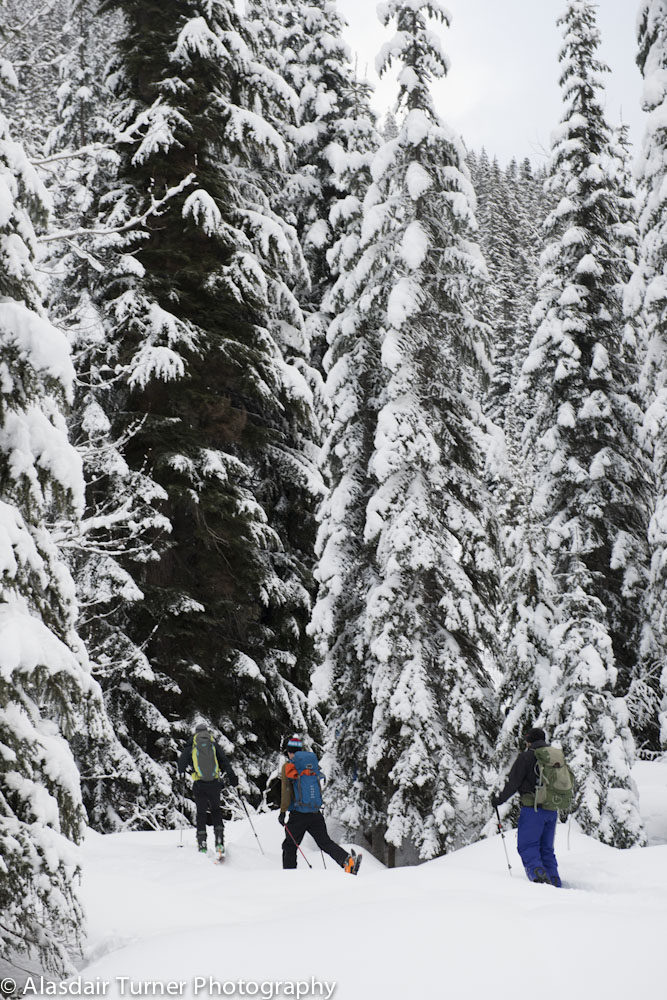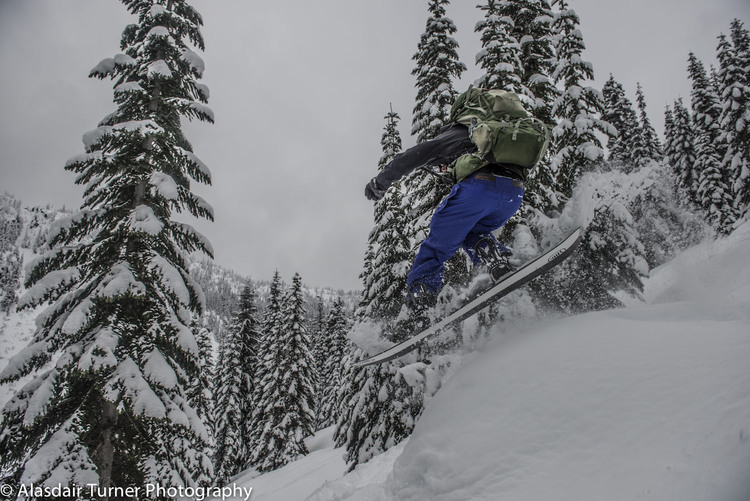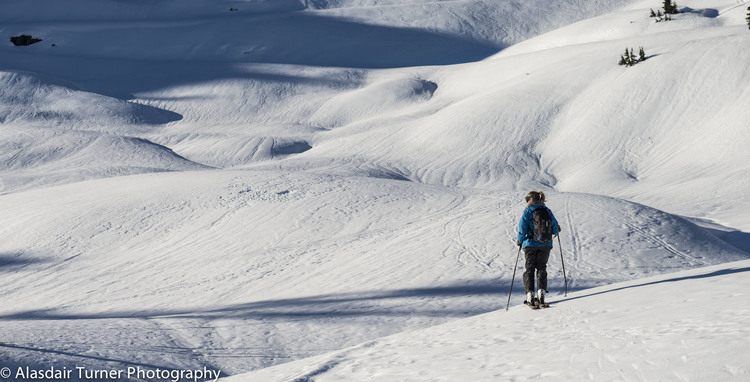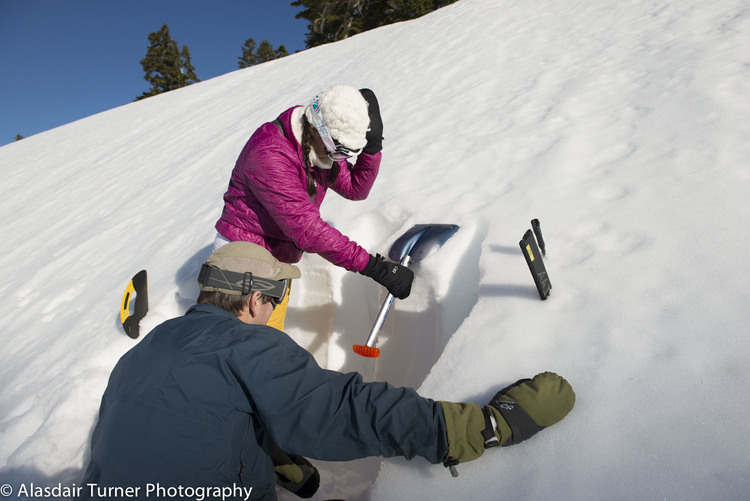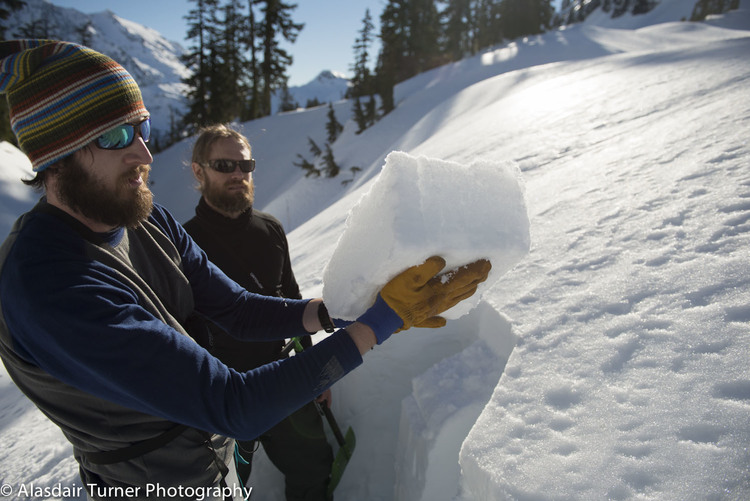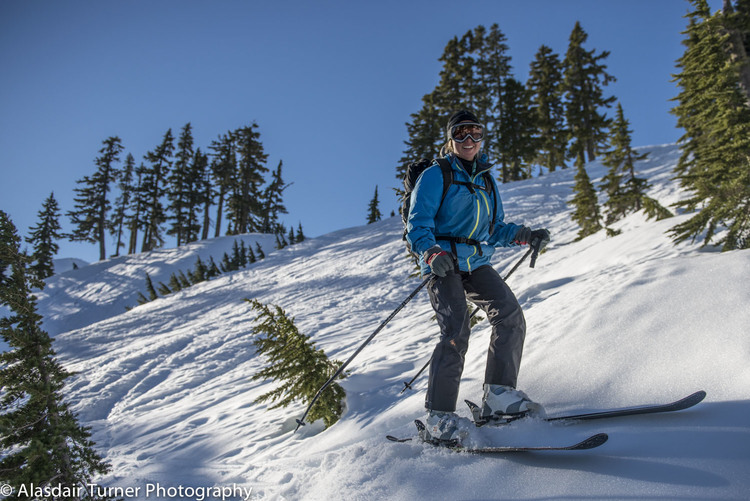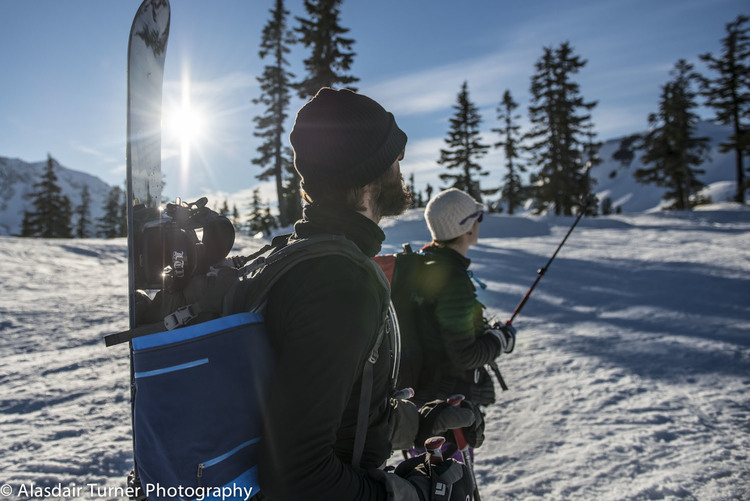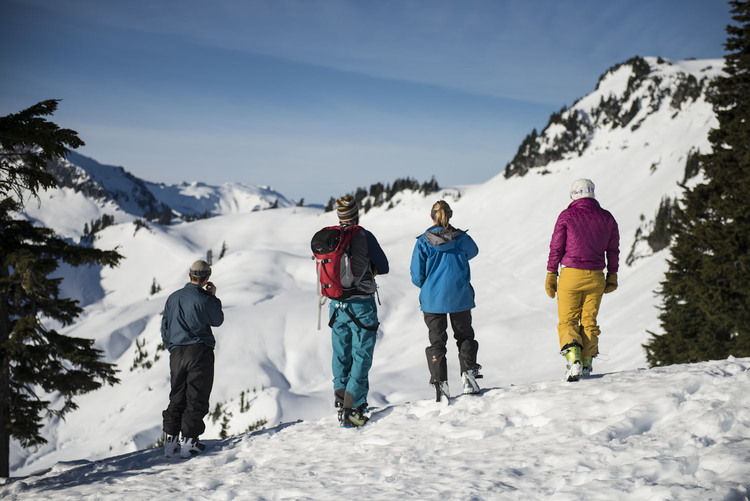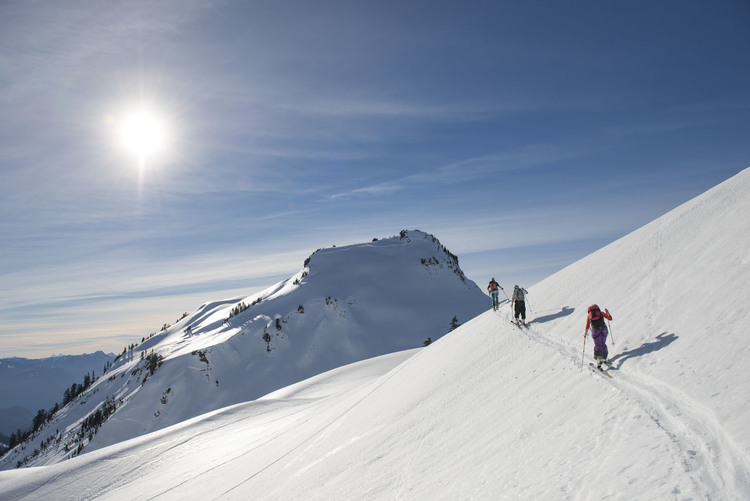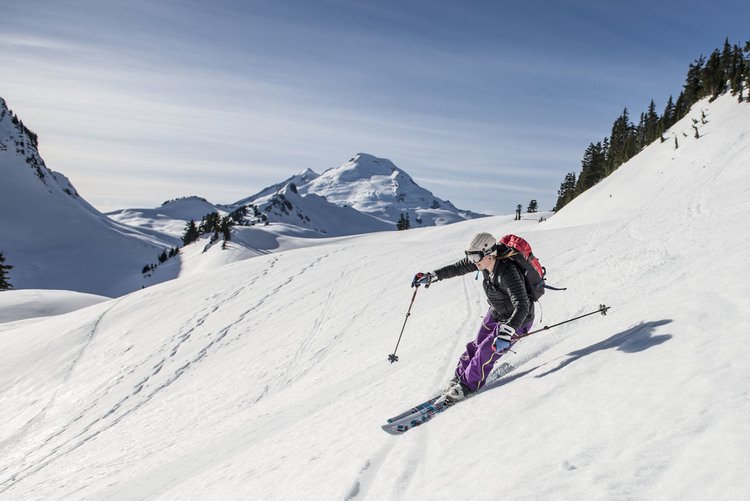There are three categories for dynamic climbing ropes. A dynamic climbing rope is designed to hold a fall, and stretches accordingly. The UIAA (International Mountaineering and Climbing Federation) certifies three dynamic rope types, Single, Half (also referred to as double) and Twin. A single rope is designed to be used by itself. A half (or double) rope is designed to be used in conjunction with another double rope, where each rope is to be alternately clipped into a point of protection, each rope being treated as a single rope. A twin rope is used with another twin rope, and the two ropes are thought of and used as one, meaning both ropes are clipped into each piece of protection.
Single Ropes - The UIAA tests a single rope by subjecting it to test falls in which the rope must arrest an 80kg weight falling from 2.30m above a carabiner at least five times, with a 5 minute rest interval between each drop test. There are other criteria tested as well. See images below.
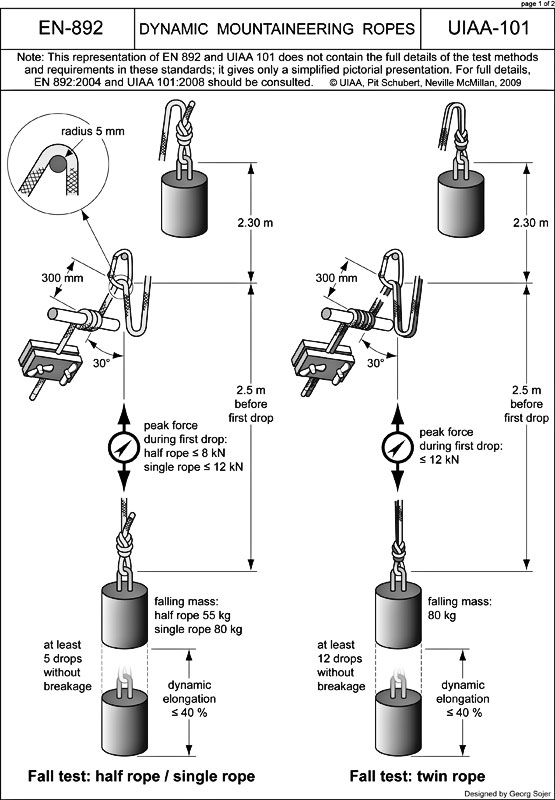

All that is to say that more or less a single rope should be plenty strong to fall onto. So, what criteria should you focus on when buying a rope? Well here is a list of things to consider.
Obviously the first thing would be color. A rope is a personal statement, so the color should match your personality. Also, everyone knows that red ropes are stronger and allow you to climb harder than blue ropes.
In all seriousness though, here is what I look for in a single rope, generally but not necessarily in this order.
Diameter - This is what I use to narrow down choices in a single rope, since there are many on the market today. By today’s standards, a 10mm diameter rope is a great “first” rope; it will survive many days of top roping, and is more durable than skinnier ropes. This is also its weakness, as it will inherently be heavier than a skinny rope and will weigh you down for your hardest “send”. Ropes in the 9.5-9.8mm diameter range are considered today to be more of an all-around rope, meaning they will provide a good service life for a variety of types of climbing, be it top roping, sport climbing, or trad routes. I’ve logged many pitches on a 9.7 and consider it to be a great balance of weight and durability. Ropes under the 9.5mm range are fine, but you need to consider where you will be using it. A 9.2mm rope is not the best option for toprope sessions. Currently the skinniest single rated rope is the Mammut 8.7 Serenity, which is definitely not a rope you will get as much life out of as a mid 9mm rope. As such Mammut recommends this rope for “sportsclimbing” and “competition climbing” A single rope this slim is best for your hardest red point attempt, or a super light alpine cord, that you know will not last as long as a larger diameter rope. In general a larger diameter rope will stand up to wear and tear better due to surface area. A larger diameter rope has more surface area which means that it will resist abrasion better, in particular I’m referring to the rope running over an abrasive surface like the rock found in
Joshua Tree or the Wind River Range.
Sheath Mass and/or Diameter - This is essentially how thick the sheath is. Different manufacturers will use one of these two terms. Bluewater Ropes for example uses the term “sheath mass” percentage, which for their Lightning Pro 9.7 single rope is 36%, meaning 36% of the ropes diameter is comprised of sheath. Mammut on the other hand uses the term “proportion of sheath mass per cent” which means the same exact thing, and on the 8.7 Serenity rope is 38% for example. Generally speaking, the thicker the sheath of a rope, the more durable it will be.
Impact Force - This is the force exerted upon a body in the event of a fall. All single ropes must fall underneath the 12kN impact force threshold to be certified by the UIAA. Ropes with a lower impact force rating will generally give a “softer catch”, and therefore theoretically exert a lower force on the piece(s) of protection holding a fall.
Weight - The weight of a rope is related to its diameter, but it is something to consider if you have narrowed down your choices to a specific diameter. Each manufacturer usually lists the weight in grams per meter or g/m. There are differences here for a specific diameter of single rope, due to variations in weave, sheath and core thickness, material specs, etc.
Number of Falls held - As stated above, all single ropes you can purchase have to meet the five falls held...at minimum. I don’t consider the number of falls held as high on the list because I don’t think it is as important to consider in the real world. Remember, this number is based on the specific UIAA fall test, in a laboratory setting. Skinnier single ropes will hold less falls, while larger diameter single ropes will hold more. For example the Bluewater 10.5mm Accelerator held 11 drop test falls before breaking while the Mammut 8.7 Serenity held the minimum of 5. When comparing ropes of the same diameter however, I will take this number into my overall consideration.There are other criteria such as static and dynamic elongation, and sheath slippage, but I personally value those rather low in importance.
More important than elongation and sheath slippage I believe is the “hand” of a rope. You cannot get a sense of a rope’s hand or handling characteristics without actually physically picking it up and using it. You can get a relative sense of a ropes handling characteristics in a store simply by bending it into a bight any trying to tie a clove hitch or figure eight. Some ropes are very stiff, which will soften over time to varying degrees. Others are very soft out of the package, and only become softer over time. I try and find a rope somewhere in between since I end up tying and untying knots and hitches often, and I like a good balance between stiff and soft ropes. I’ve used ropes that required more energy to tie a clove hitch into because it was so stiff, and this also requires more energy to belay a follower in autoblock mode. On the other end of the spectrum, I’ve used ropes that were very soft out of the package, and flattened out a bit over time, and while this rope had good handling, it’s overall lifespan seemed short, perhaps due to a looser sheath.
Finally once you’ve narrowed down to the model and diameter of rope you need to consider a few other things.
Length - depending on where you are climbing, you may want a shorter or longer rope. Today 60 meter ropes are the norm whereas 15-20 years ago it was 50m ropes. Depending on where you are climbing, you may want something shorter or longer. There are alpine routes where a 40m rope is plenty long enough and endurance sport routes where an 80m rope is required. Guidebooks will usually give you some indication of what length of rope is preferred for a certain area. Supertopo guidebooks for example usually give route descriptions for using a 50m rope.
Bi-Pattern or Middle Mark - I think a bi-pattern rope is almost always worth the extra cost. When a rappel route is setup for 30m rappels, and you have a 60m bi-pattern rope, life is pretty good. A bi-pattern rope has a sheath pattern change at the midway point (you should always double check this beforehand before blindly trusting it) making it really easy to find the middle of the rope even if it is super dirty as it can often become in sandy desert environments. A rope that just has a black middle marker will become more problematic to find the middle as the rope picks up more dust and the middle marker fades into the dirt as it eventually does. The downside to a bi-pattern rope is that once an end is cut, the pattern change is no longer accurate, and you either need to make a middle mark yourself, or just deal with setting up a rappel while keeping track of both ends of the rope to make sure you have found the middle of the rope
Dry Treatment - A dry treatment for a rope is basically a water resistant coating on the fibers. Most manufacturers claim differences but generally they all seek the same goal, which is to keep the rope drier in a wet environment and to lower a ropes absorption of water, which will reduce the ropes stretch and weaken it. It is good to note however that there is no magic treatment that will keep a rope dry in all conditiona and that eventually any rope will become soaked through in the right conditions.I think a dry treated rope is worth the extra cost because of a potentially longer lifespan and more peace of mind for the unexpected rainstorm. If you are going to ice climb with your rope, a dry treated rope is must. Ropes that have a dry treatment to both the core and sheath will resist water better than ropes that just have the sheath dry treated.
--Jared Drapala, Instructor and Guide


















